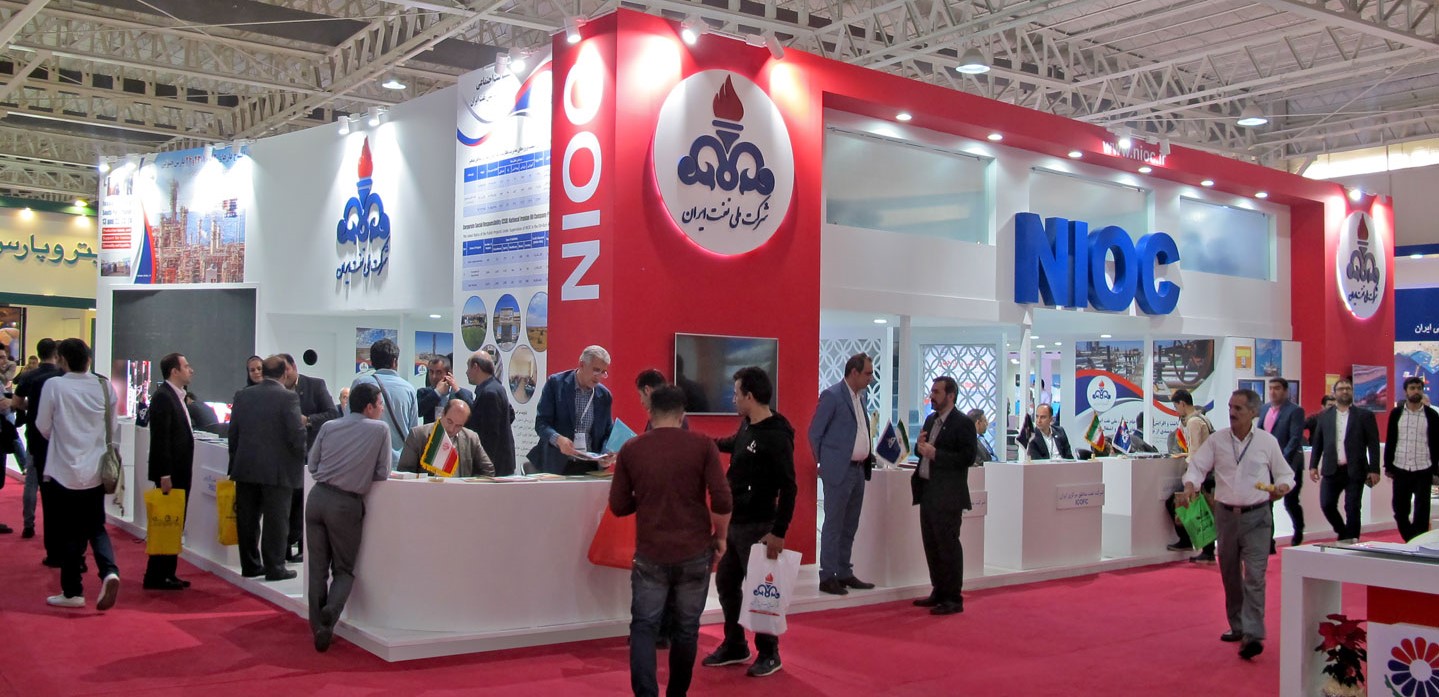The 18th International Water and Wastewater Exhibition, also known as Watex, has been scheduled to open at Tehran’s International Fairground on Dec. 30.
The annual exhibition, which will run until Jan. 2, 2023, will host 157 domestic and foreign companies from several countries, including Italy, China, Turkey and Taiwan, IRNA reported.
This is one of the biggest water and wastewater events, in which many prominent domestic and international companies will take part to showcase their latest products and services.
Those interested in participating can register at Watex.ir.
The number of attending knowledge-based companies is expected to see a tenfold increase this year, the portal said.
As Iran faces a worsening water crisis, the significance of getting familiar with and employing new water management systems has currently gained traction.
The four-day exhibition is an opportunity to attract investments for new and underdeveloped projects and display the latest services and modern equipment, such as water filtration and sweetening systems, automation solutions and measuring equipment.
According to Energy Minister Ali Akbar Mehrabian, water management is vital for sustainable development and cannot be promoted unless relevant sectors cooperate to check the deteriorating conditions.
Putting water extraction from underground sources at about 41 billion cubic meters a year, he said this volume should be cut to 27 bcm per year to avoid a major disaster.
"Of the total consumption, 90% go to agriculture. Household and industries account for 7% and 3% respectively," he said.
Contributing Factor
A key contributing factor to high water consumption is the assumption that “water is cheap.”
This is while it costs the government 10,000 rials (7 cents) to deliver 1 cubic meter of water to farmers, whereas they hardly pay 100 rials (0.07 cent), which show why they use the costly resource either to produce cheap products like animal feedstock or water-intensive crops like watermelon.
Iran's annual water consumption tops 100 billion cubic meters and independent experts and conservationists have warned that this level at best is unaffordable.
Grappling with rapidly dwindling water resources, persistent drought and unusually high levels of consumption, the government is stepping up efforts to modernize the dilapidated water network, build new treatment facilities and promote advanced farming systems to curb water use.
Economic sanctions imposed by the US against Iran has hurt the water and wastewater industry, similar to many other sectors, some participants in previous year's International Water and Wastewater Exhibition in Tehran said.
Local companies faced huge barriers in interacting with foreign firms when it comes to importing equipment and parts, and as the last resort turned to local engineers and manufacturers.
However, domestic production too has been negatively affected by the US sanctions because some sensitive raw material to manufacture parts and components used in the industry cannot be imported due to the embargo.
Without the presence of major international players in Iran, the market is filled with Chinese products with questionable quality. As such, without access to quality raw material, the final domestic product may not be as good as its foreign counterpart.
The US withdrew last year from the 2015 nuclear deal Iran signed with six world powers and re-imposed sanctions on the country.
According to Reza Hajikarim, a board member of the privately-owned Iran Water Industry Federation, as long as old paradigms like allocating diminishing groundwater resources to water-intensive steel mills and thermal power plants in the middle of the desert are not replaced with new and workable methods like integrated water resource management and spatial planning, the shortage of this vital resource will get worse before getting better.
Manmade Disaster
The current manmade disaster in Iran has evolved over time and solely due to mismanagement and absence of long-term planning.
While the drought has created a challenging environment, the reasons for Iran's water crisis go deeper.
The official noted that the main concern is no longer to prevent wetlands and lakes from drying up, but to supply potable water to millions of city-dwellers in Shahr-e Kord, Hamedan, Mashhad, Gilan and Tehran.
“The existing situation has nothing to do with low precipitation, as drought has been a norm in Iran for a long time due to its location in an arid region,” he said, adding that despite all warnings issued by domestic and international research institutes, policymakers insist on pursuing poor strategies that have been in practice over the last four decades.
“We have caused the catastrophe and expect it to be averted by miracles, which has so far proved to be in vain. Other nations have also faced the same predicament, but have never blamed weather conditions, nor have they pinned hope on divine bounties,” the official said.
Referring to the Netherlands as an example, he noted that the country is experiencing the worst drought not seen in half a century, but their officials have managed the crisis effectively with the help of modern methods, including spatial planning.
Hajikarim stressed that the country’s water scarcity will hit crisis level by 2025, when renewable water will be less than 1,000 cubic meters per capita, down from 2,000 cubic meters in 1950.


